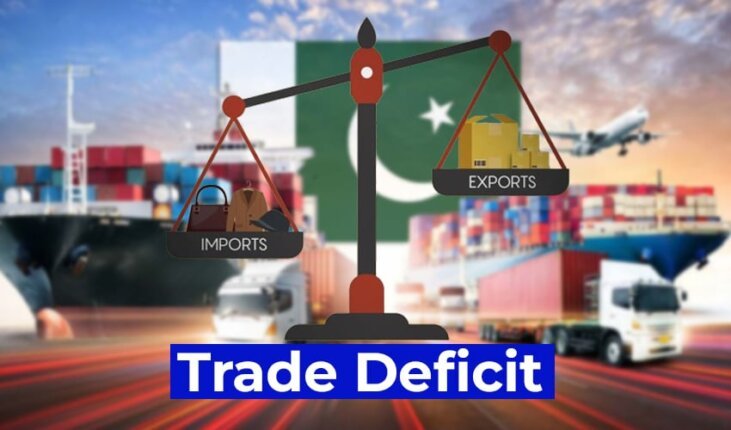ISLAMABAD: Pakistan’s trade deficit surged 29% to $6 billion in the first two months of the ongoing fiscal year, fueled by stagnant exports and a sharp rise in imports, according to fresh data from the Pakistan Bureau of Statistics (PBS).
Between July and August, the country’s exports stood at $5.1 billion, showing a negligible 0.7% increase compared to the same period last year. Imports, however, jumped by $1.4 billion (14.2%) to reach $11.1 billion, more than double the value of exports.
The widening gap — $1.4 billion higher than last year — already exceeds the size of Pakistan’s upcoming $1 billion tranche from the International Monetary Fund (IMF), with talks scheduled to begin later this month.
On a year-on-year basis, August exports dropped by $345 million (12.5%) to $2.4 billion, while imports rose 6.4% to $5.3 billion. The monthly deficit swelled by 30% to $2.9 billion. PBS data further showed that compared with July, exports declined 10% and imports slipped 9.4%, largely due to clearance of bulk cargoes earlier in July.
Exporters blame the rupee’s artificial stability for eroding their competitiveness, despite the currency closing at Rs281.72 against the US dollar on Tuesday. They argue that even during the rupee’s steep depreciation two years ago, the government’s interventions prevented them from benefiting.
The IMF programme requires Pakistan to slash import tariffs by 52% over five years, with the first phase already implemented in July. While the Ministry of Commerce and World Bank project that liberalisation will boost exports by 14% in the medium to long term, current figures show imports outpacing exports, putting pressure on reserves.
Meanwhile, the Federal Board of Revenue (FBR) surpassed its two-month customs duty target, collecting Rs204 billion against the Rs192 billion goal — a 20% increase — reflecting the rise in imports. However, without an export boost, analysts warn the government may have to rethink its trade liberalisation strategy to safeguard external sector stability.



